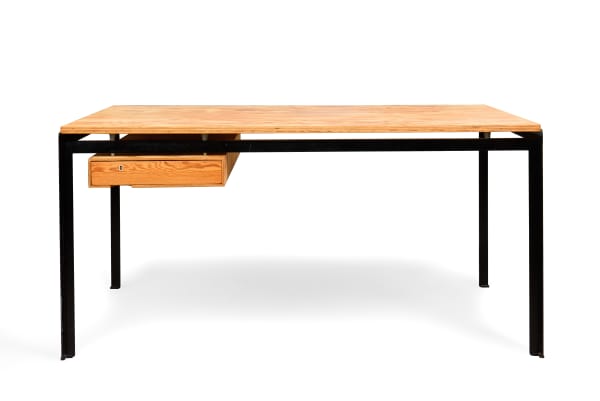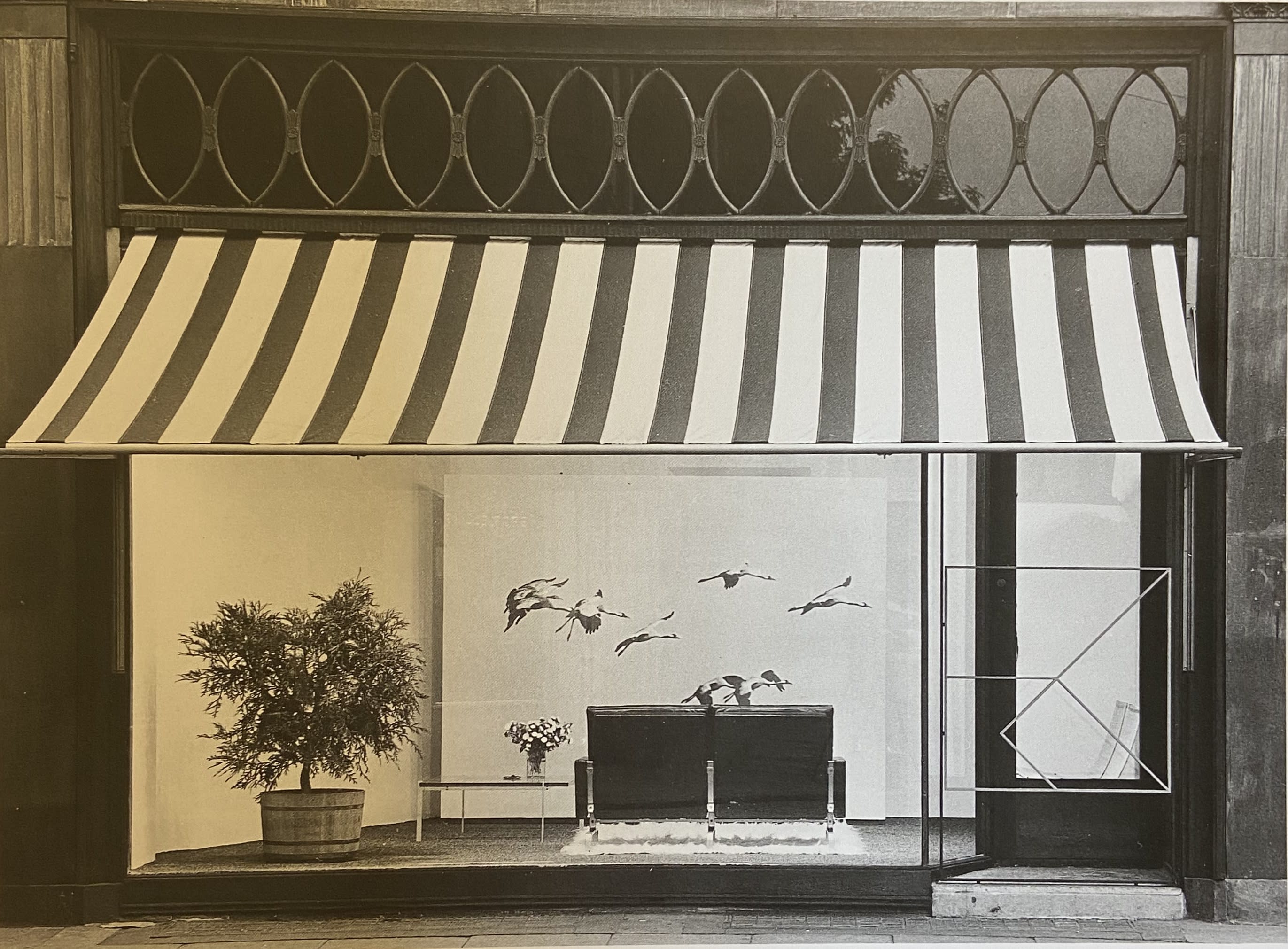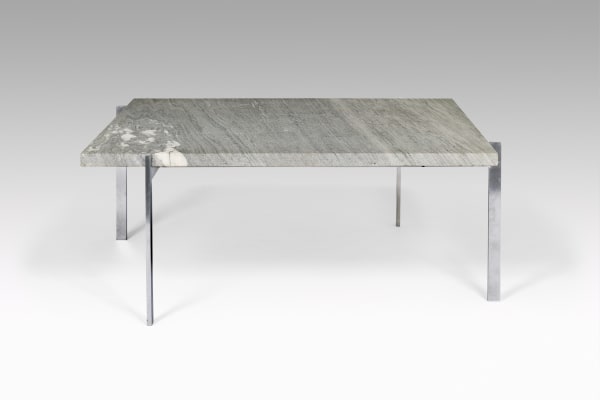Danish architect Poul Kjærholm (1929-1980) is one of the most innovative furniture designers of the 20th century. Stepping aside from the traditional use of wood in his production, Poul Kjærholm was attracted by the potential of steel. He combined it with other materials such as leather, cane and marble, to create original pieces with a new modern aesthetic.
In 1955, Poul Kjærholm was commissioned to design offices for the School of Architecture at the Royal Academy of Fine Arts in Copenhagen, of which he became later a professor.
-
-
The Royal Danish Academy of Fine Arts in Copenhagen.
Poul Kjærholm was hired in 1955 to design offices for the school of architecture at the Royal Academy of Fine Arts. He created the PK52 Professor desk as well as another version for the students. The minimalistic design of the table emphasizes its utility. The combination of wood and steel is characteristic of Kjaerholm’s work. It showcased the designer’s ability to bring out the best particularities in both materials. The metal ferrules that separate the angle welded steel structure from the pine work surface enhance the light silhouette of the desk. By placing a pine work surface on a ready-to-use steel base, the desks presented the designer's ability to bring out the best characteristics of these two materials. The contradiction made cold materials attractive and warm, while natural materials took an element of control.
His furniture for the School of Architecture also included a filing cabinet for architectural drawings. The cabinet was composed of a welded frame of steel angles carrying the weight of a simple wood box containing a set of nine low but wide drawers. The apparent dovetailed joints and the wooden drawer pulls reunited Kjaerholm with his original training as a cabinetmaker and showed his intention to combine traditional craft techniques with modern and functional forms.
-
E. Kold Christensen shop, 1955
In 1955, Poul Kjaerholm initiated a partnership with furniture merchant Ejvind Kold Christensen. Christensen would seek for the best craftsmen for each type of material and introduce them to Kjaerholm. These artisans contributed to the success of Kjaerholm’s work by helping him to create furniture that exposed the essential qualities of the materials used. Above all, this partnership between Kjaerholm and Christensen was based on mutual trust and on their shared quest for innovation and excellency.
Kjærholm's furniture would combine industrial materials with natural materials such as leather, rattan and stone.
-
“Any design of Poul Kjaerholm’s hand involves space – and designing a piece of furniture is, in a sense, the same as creating a space.”
Poul Erik Tøjner
-
-
Credits
© Giancarlo Botti - Catherine Deneuve at Yves Saint Laurent, 1966
© Piotr & Co
© Thomas Loof & Pernille Pedersen

















